This is an artist's picture of the Harvard Observatory placed on the background of a bunch of novae. Novae are the stars that Fleming discovered.
Click on image for full size
Windows to the Universe original image
Williamina Fleming
Williamina Paton Stevens Fleming was a Scottish-American astronomer who lived
from 1857-1911. She discovered 10 of the 24 novae then known. Novae are
stars whose brightness suddenly increases then slowly fades, over a
period of months or years.
She also discovered over 200 variable stars. Variable stars are those that
change in light intensity over time. Fleming worked at the Harvard Observatory
for many years.
You might also be interested in:

How did life evolve on Earth? The answer to this question can help us understand our past and prepare for our future. Although evolution provides credible and reliable answers, polls show that many people turn away from science, seeking other explanations with which they are more comfortable.
...more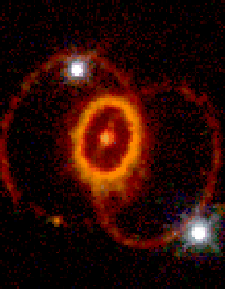
Stars don't last forever. Occasionally, a star bigger than our Sun will end its life in a huge explosion, called a supernova. This explosion happens because the center, or core, of the star collapses
...more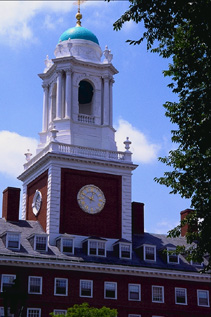
Henrietta Swan Leavitt was born in Lancaster, Massachusetts in 1868. She became interested in science and astronomy in college. Unfortunately, she became quite ill after her graduation from college. She
...more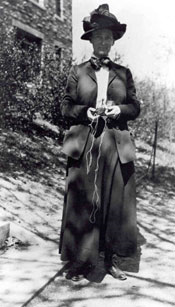
Florence Bascom (1862-1945) was one of the first female geologists in the United States and her colleagues regarded her as one of the nation’s most important geologists. In 1896 she was the first woman
...more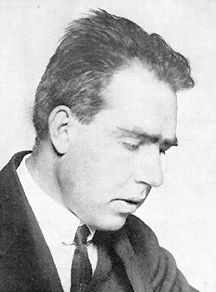
Niels Bohr was a Danish physicist who lived between 1885-1962. He investigated atomic structure, modifying Rutherford's old model of an atom by confining electrons to orbits of specific radii. Bohr also
...more
Marie Curie was a physicist and chemist who lived between 1867-1934. She contributed greatly to our understanding of radioactivity and the effects of x-rays. She was born Maria Skłodowska in Warsaw,
...more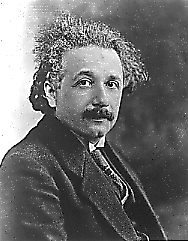
Albert Einstein was a German physicist who lived between 1879-1955. His special and general theories of relativity, theory of Brownian motion, work in quantum physics, statistical mechanics, and on the
...more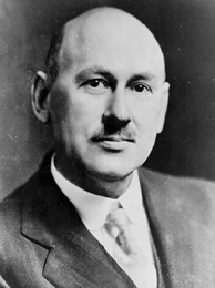
Robert Goddard was an American physicist who lived between 1882-1945. He was a pioneer of modern rocketry who discovered that liquid fuel is more efficient than solid fuel. Although Goddard's first rocket
...more















